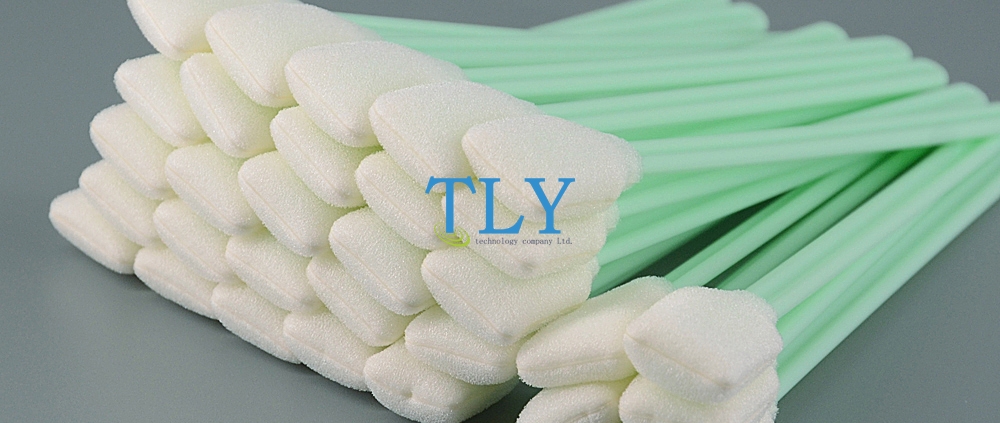From the client’s perspective: designing an ISO Class 8 cleanroom
Univercells Technologies’ Head of Manufacturing & Supply Chain talks about his approach to building a scalable pharmaceutical manufacturing facility in Belgium. Gareth Crothers from Univercells explains
Belgium is currently positioning itself as a Biotech valley, with a mixture of established “Big Pharma” companies and cutting-edge startups. Given the ready access to highly educated and experienced biotech professionals (including engineering firms) within a relatively small area, it is fertile ground for establishing new biotech activities.
Within this context, Univercells Technologies was founded in May 2020 as a spin-off of the company Univercells. Its mission is to focus on the commercialisation of its novel biomanufacturing technologies product portfolio – the scale-X (trademarked) bioreactor range and the NevoLine (trademarked) Upstream platform. Located in Nivelles, the manufacturing activities for the scale-X (trademarked) bioreactor range and associated Single Use Technology (SUT) such as manifolds, require the use of a cleanroom environment in order to control particulate levels.
Considerations for cleanroom design, construction, and operation
The first consideration for building a cleanroom is which level you need to attain and maintain for your operations. There are well established international standards for this, including ISO 14644-11 (particle count limits only) and EU GMP grades (particle and microbiological). The standard that you target should always be based on the products that you manufacture, as well as your customers.
Final drug products destined for injection into patients require more stringent conditions in terms of both particles and microbiological levels than SUT that will be irradiated before use in upstream processes. Licensed drug products are subject to regulatory requirements whereas biotechnology equipment must meet customer expectations.
Choosing the cleanroom level is important as targeting a more stringent grade than strictly necessary “because it is better” will engender significant incremental cost increase in terms of room construction, qualification, energy consumption, cleaning, gowning, and routine environmental monitoring. On the other hand, targeting too low will engender significant re-engineering costs and potential business disruption if the classification does not meet product, regulatory, or customer needs.
At Univercells Technologies, our product range and customer expectations led us to target an ISO Class 8 classification.
Targeting a more stringent grade than strictly necessary ‘because it is better’ will engender significant incremental cost increase
The second consideration is the surface area you need for your operations. Here again, there is a balance to be found. A cleanroom that is under-dimensioned will restrict capacity and could cause operator discomfort; it could even become an EHS problem in terms of personnel/material flows or workstation human-factor design. Also, an over-dimensioned cleanroom will again engender significant incremental cost increase in terms of room construction, qualification, energy consumption, cleaning, and routine environmental monitoring. In a small but rapidly growing company, it is possible to have a modular approach where the basic personnel and material airlocks are in place, and additional cleanroom space can be added in extension as needed.
This is the approach that was adopted at Univercells Technologies: the cleanroom capacity initially installed in 2019 (before the spin-off) was doubled to 1830 sqm in 2022 as product volumes and product range complexity increased. The additional surface area was added in a cost-effective way by leveraging the original infrastructure, positioning Univercells Technologies for the next few years of growth (product range and volumes) without having to move to costly shift operations
It has also given the company a greater flexibility in the organisation of the cleanrooms, an important enabler for creating leaner manufacturing processes.
As a third consideration, the choice of engineering partner for the cleanroom design and construction is important. For smaller companies with a lower level of cleanroom needs, such as Univercells Technologies, a cost-effective approach can be to work with smaller local engineering companies as opposed to larger international groups.
The trade-off here is that larger international groups are more likely to have experience of working in a regulated pharmaceutical environment with the associated documentation requirements; where smaller local companies can sometimes struggle with providing the needed level of documentation in a timely manner without multiple iterations.
Finally, a company also needs to consider the operating parameters for the cleanroom at the targeted classification. These include gowning, cleaning practices, and HVAC optimisation. Each of these parameters require a balance to be struck: too little and the classification will not be maintained; more than necessary, and costs can rapidly rise.
Like this story? Subscribe to Cleanroom Technology magazine for incisive analysis of the latest news and developments in hi-tech industries manufacturing in controlled environments.
A good example of this is cleaning: monthly cleaning of all surfaces on an ISO-8 area with a sporicidal agent is arguably over-kill, especially since such an agent requires neutralisation if corrosion of metallic components is to be avoided. Setting this at the right level before initial qualification is important as reducing the cleaning, gowning, or HVAC regimes after this will certainly require requalification (with the associated costs).
There are several ways to sensibly target the parameters for a given classification; these include use of engineering guides (such as the ISPE) and benchmarking with companies having similar product lines. Nevertheless, periodic review of actual operating conditions as the business evolves is essential e.g. given the significant increase in energy costs throughout 2022, the business case for creating a reduced HVAC regime for non-manufacturing periods such as nights and weekends has become much stronger.




